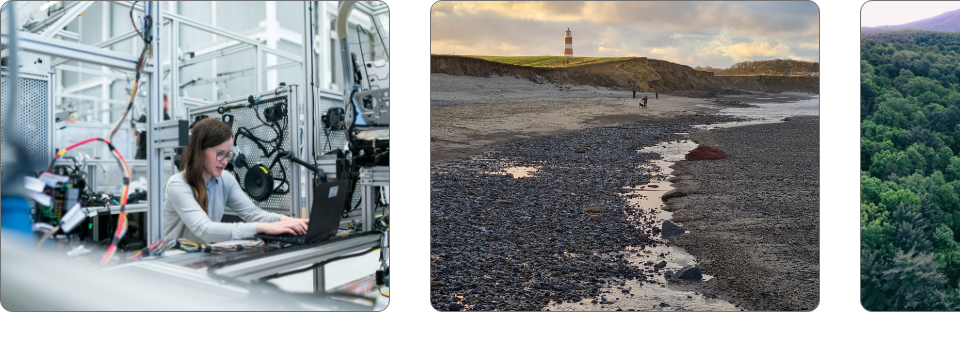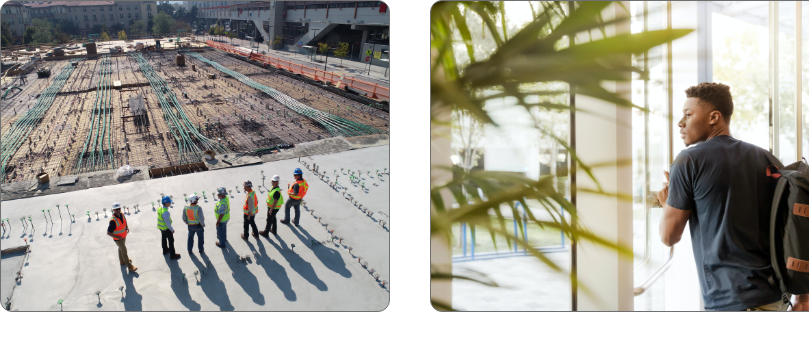Regional Importance & Impact
C3AC will interface on each research theme with partners and stakeholders in a unique way that will allow them to take full advantage of the benefits that C3AC has to offer. Due to C3AC’s integrated approach, each of these interactions will inform the work done across all research themes.
- The region-of-service is home to more than 3.54 million people, including the three largest populations of military personnel in the nation.
- 59.9% of this region’s population is White/Non Hispanic, 40.2% is Black Hispanic, or Tribal including Pacific Islander, and the Monacan, and Upper Mattaponi Tribes of Hampton Roads.
- In 2018, the federal government also recognized the Monacan, and Upper Mattaponi Tribes of Hampton Roads. This very critical, and ethnically diverse society—and our military—rely on all aspects of societal services that this region has historically afforded and continues to provide.








